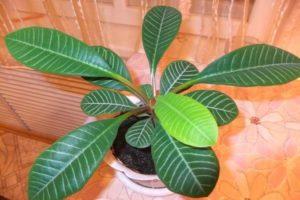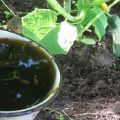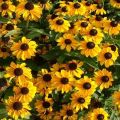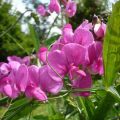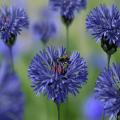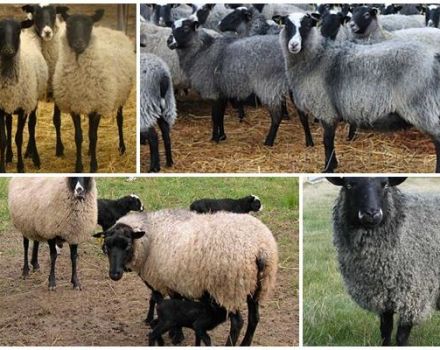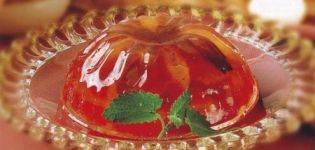Description of the 10 best varieties of verbascum perennial, growing from seeds
The perennial verbascum is more commonly grown as a two-year crop. The flower looks like a spikelet, it becomes a chic decoration of the garden. The mullein successfully takes root in the gardens in the countries of the former USSR, it is not picky about the soil and care. There are many varieties of perennial verbascum, for successful cultivation it is worth familiarizing yourself with all the agrotechnical features.
Botanical features of the mullein
Verbascum has a tap root system that penetrates deep into the ground. The stems are erect, growing from 50 to 2 meters in height. Leaves are oblong, with a pointed tip, leathery surface, dark green color. The inflorescences are spike-shaped, the flowers are five petaled, they are yellow, pinkish, lilac, purple.
They open up from the bottom up, each corolla opens in the morning, and in the evening it closes and falls off. The next day, a new one is formed. The fruit is an oval box with seeds. Fluffy inflorescences bloom all summer. In the wild, the culture grows in the Mediterranean and subtropical Asia. The plant tolerates drought, sudden changes in weather. Upon completion of the pollen, the stem completely fades.
Placement of verbascum in the garden and use in decor
To decorate the garden, verbascum is placed in front of the house or along the fence, in a mixborder. You can plant a flower on your lawn. Low-growing flowers are suitable for planting in the middle ground, while super low-growing mulleins are suitable for containers. Verbascum violet is widely used with hybrids; its bright shade becomes contrasting with parallel plantings with orange or yellow flowers.
The healing properties of mullein
Verbascum is part of many medicines with antitussive and expectorant effects. Fees help with colds, flu, bronchitis, whooping cough. The plant has an anti-inflammatory effect, is widely used in the treatment of inflammatory pathologies of the oropharynx, stomach, urinary tract.
Mullein effectively eliminates the consequences of bruises.A fresh flower is applied to the affected area, pain is relieved and the appearance of hematomas is prevented. If a bruise does appear, under the influence of verbascum, it will resolve in 2-3 hours.
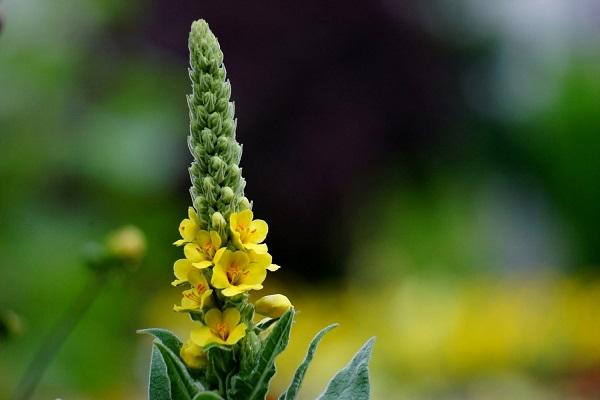
When using dry flowers soaked in water to create a compress, first remove stamens and hairs from it. They can cause skin irritation.
Varieties and varieties of webraskum with a description
There are 250 species of mullein, but the following varieties are cultivated in the territories of the CIS countries. They differ in color, height of bushes.
Scepter
The plant grows up to 2 meters in height. Inflorescences are large in size, yellow in color. The flowers are spike-shaped, bloom in packs of 3-4 pieces.
Silk-bore verbascum
The bush grows up to 1.8 meters. The flowers are pale yellow. Due to the felt pubescence, the leaves are silvery.
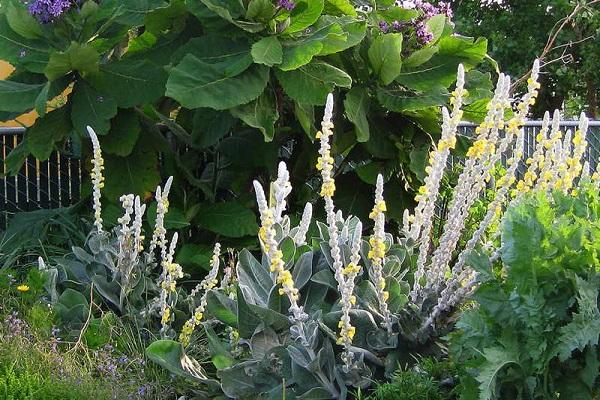
Hybrid
The hybrid combines beautifully flowering species and garden forms of different origins. The color is white, yellowish, pinkish, salmon, pink-yellow. Often the petals are decorated with dots of purple tones. Mix of colors, gradient type color is widely found.
Common mullein or Bear's ear
The bear's ear is distinguished by the presence of a mass of hairs of a metallic tone on the leaves. The flowers are short, small, the stem is all leafy. The color of the petals is yellow, pinkish, lavender.
Dark or mullein cockroach
The black mullein is highly pubescent, growing up to 1 meter tall. Leaves in the shape of an egg or heart, interspersed with inflorescences, which is the hallmark of this variety. The buds are yellowish, long, the base at the petals is brown, the stamens are with purple down. Medicinal verbascum has an abundantly leafy stem up to 0.5 meters high. Peduncles are branched, long, spike-shaped.
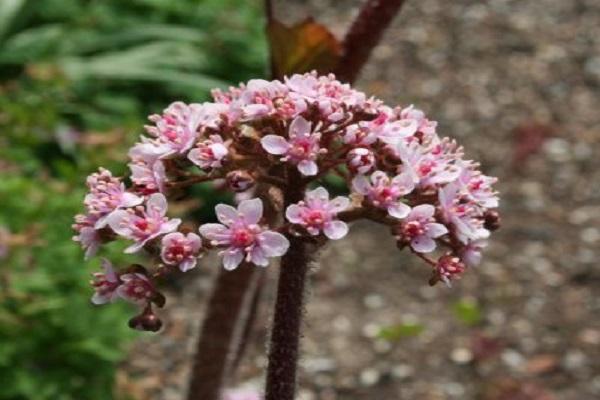
Olympic
Verbascum reaches 1.5-2 meters in height. Inflorescences are sunny yellow. Leaves are silvery due to pubescence.
Purple verbascum
The plant reaches 1 meter in height. The stems are erect, the leaves are elongated, lanceolate, collected in a basal rosette, there are few of them on the stem and they are often without pubescence. Inflorescences are bright crimson, pinkish, on long pedicels are collected in loose buds like an ear. Pollen falls in mid-summer. The purple mullein is hardy.
Long-leaved
Verbascum forms a bush 70-120 cm high. The rosette is large, covered with gray tomentose pubescence. Inflorescences are golden-yellow, 3 cm in diameter, collected in a branching brush up to 30 cm long. Filaments are staminate, covered with short purple hairs.
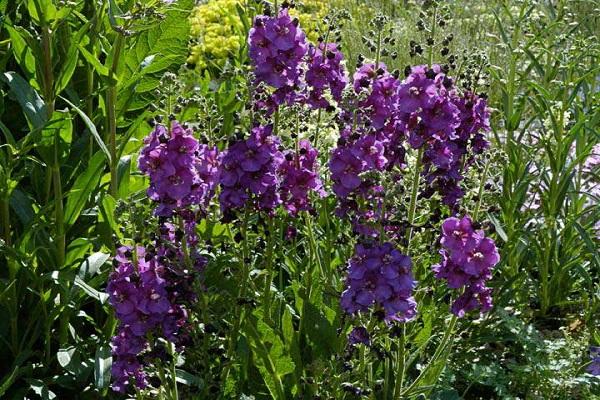
Nettle or Mullein She
Bushes grow up to 90 cm tall. The flowers are yellow, the stamens are red-purple.
Waterfall
Mullein Waterfall reaches 1 meter in height. The diameter of the inflorescence is 4 cm, lilac and soft lavender in color.
Conditions of detention
It is not difficult to take care of verbascum, the plant is perfect even for summer residents. It is necessary to water it on time, fertilize, transplant, cover for the winter.
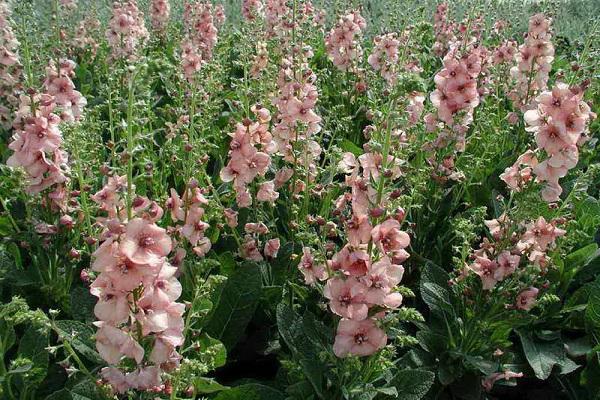
Preparing for landing
Verbascum should be planted in March-April. The seeds can withstand cold snaps. The soil is dug up, leveled, the seed is scattered chaotically, covered with a rake no more than 1 cm deep.When shoots appear, they are thinned out, leaving a distance of 20-50 cm. A deciduous rosette is formed in the first year, bloom occurs in the next season.
We decide on a place for landing verbascum
Mullein prefers to grow in lighted, open areas. You can plant verbascum in partial shade, then flowering will be shorter in time. The culture grows on any soils, except clay and loam. Fertility does not matter for perennials, and neutral is considered the optimum acidity level.

Preparing the soil and planting material
2 weeks before planting, the soil is loosened, humus and peat are introduced into it.Before planting, it is important to remove weeds that inhibit the growth of young seedlings. Seedlings do not need preliminary preparation. The main thing is that it should be intact, without damage.
Growing a verbascum plant
It is better to plant a mullein in a sunny place in March, summer or late August. Use a method of planting from seeds, root or apical petioles.
From seed
The seeds are buried in the soil 1 cm deep. After that, the beds are watered. No crusts should form on the ground. If the seedlings are too thick, they break through, leaving 15 plants per 1 meter.
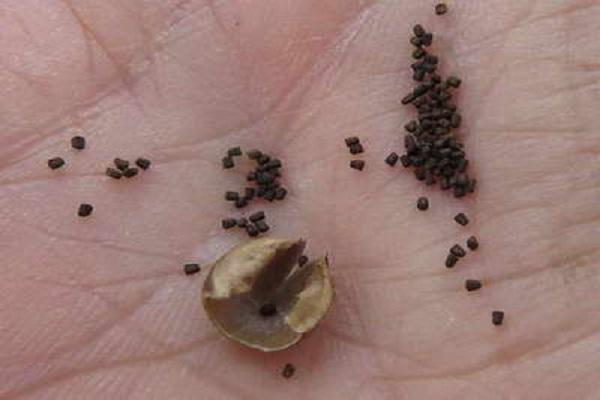
From root cuttings
Root petioles are planted in late autumn. They are cut into a length of 7 cm, the upper cut is made even, the lower one - at an angle. Seedlings are planted vertically in containers with nutritious soil - 2 parts each of leafy soil, 1 part each of sand and peat. Leave 1.5 cm of the petiole above the ground. Until spring, they are grown in a cool place. When the air temperature rises to +15 degrees, petioles are planted in the garden.
Apical cuttings
Green petioles are cut in March and rooted in cups with loose soil. They should first be dipped in a solution of Kornevin or Heteroauxin, then, planted in separate containers and kept in a lighted room with a high humidity of 90%. Every day it is necessary to ventilate, water the seedlings as the soil dries up. In August, rooted seedlings are planted in flower beds. Before the arrival of winter, they are huddled, covered with a layer of foliage of 15-20 cm. In the spring, the snow is removed, the soil is shoveling off.
Watering and fertilizing verbascum
For the first years of life, the mullein is watered 3 times during the growing season at the root. Verbascum needs almost no recharge. Poor soils can be fed 1 time during the growing season with complex mineral compositions or organic matter. The procedure is carried out before pollen.
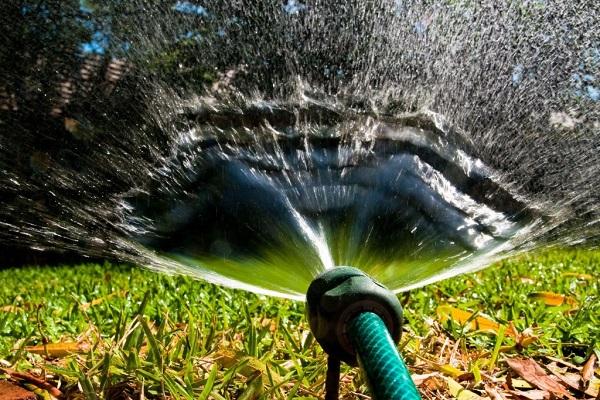
Soil care and transplanting verbascum
Mullein does not tolerate transplantation, due to the special structure of the root system. The roots are too long and difficult to remove from the soil without damage. Verbascum is immediately placed in a permanent place. If necessary, the bushes are dug as deep as possible, preserving the earthen lump.
Preparing for winter mullein
Each verbascum variety survives the winter in its own way. Those close to wild-growing species easily hibernate without shelter, and hybrids can freeze out. They should be covered with a thick layer of peat, spruce branches, dry leaves.

Breeding methods for verbascum
Verbascum is bred with seeds by dividing the root system. Each of the methods assumes its own algorithm of actions.
Seeds
To collect the seed of verbascum, leave several viable peduncles. When the pods are fully ripe, the petals dry out, they are removed, and the seeds are taken out. The seed is dried in the sun, placing it on the windowsill. Save the seeds in a dry place in paper bags.
The prepared seeds are sown in the garden in well-warmed soil in late May or early June.
The seed is spread over the dug, rammed and watered soil, sprinkling it a little on top. If the seeds are deeply deepened, the emerging seedlings should be thinned so that a distance of 20 cm remains between the bushes. Within 1 month, the shoots develop slowly, then the growth is active. During the first season, a young bush only forms a root rosette of leaves. If you take proper care of the verbascum, pollen starts 2 years after planting.
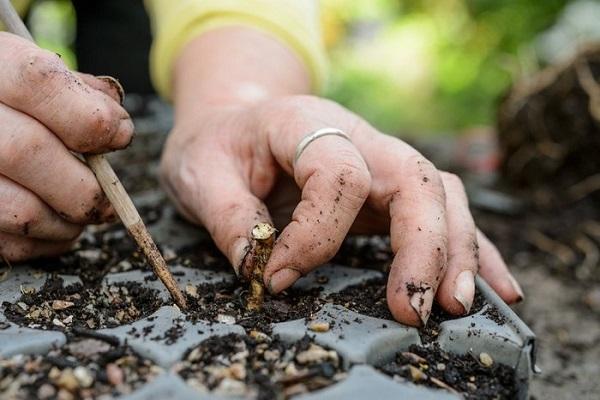
Perennial is able to reproduce independently. Not removed flower stalks throw out seeds that fall on the soil, germinating there. With this method of reproduction, the bushes sprout chaotically, they may not look like the mother plant. After 2-3 years, the variety will degenerate.
Dividing the rhizome of the mullein
To propagate verbascum by dividing the root, only those specimens are selected on which processes are visible. They are dug out after pollen in September. The division is carried out with a sharpened secateurs, previously disinfected. Several shoots should remain on each part, part of the root, all cuts are treated with coal.
For better rooting, they are laid horizontally on sandy soil. Sprinkle the roots of the mullein on top with a small amount of sand, then earth. They should be transplanted to a permanent place in the spring.
